Reel Life January 2023
- Hawke's Bay
- 24/01/2023
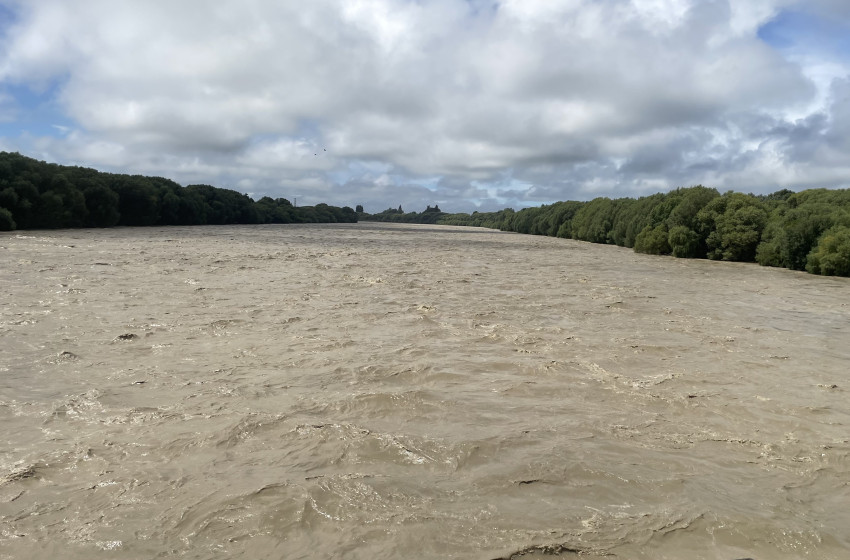
Welcome to 2023, It’s continued to be a wet month, but we can only hope summer finally shows itself toward the end of January.
Thankfully with river levels so full, we can expect some clear weedless water during February.
Record Rainfall across HB
Napier had its wettest year in 50 years during 2022 (1313mm). On-going January rainfall has also far exceeded the average.
Most sites are over double the monthly rainfall thanks to Cyclone Hale.
Pictured above right is theNgaruroro River in flood.
Consequently, rivers took on a huge amount of water during the week that Cyclone Hale passed by.
Cyclone Hale Peak River Flowrates:
Tuki-Tuki 1,379m/sec
Ngaruroro 1,459m/sec
Mohaka 892m/sec
Tutaekuri 877m/sec
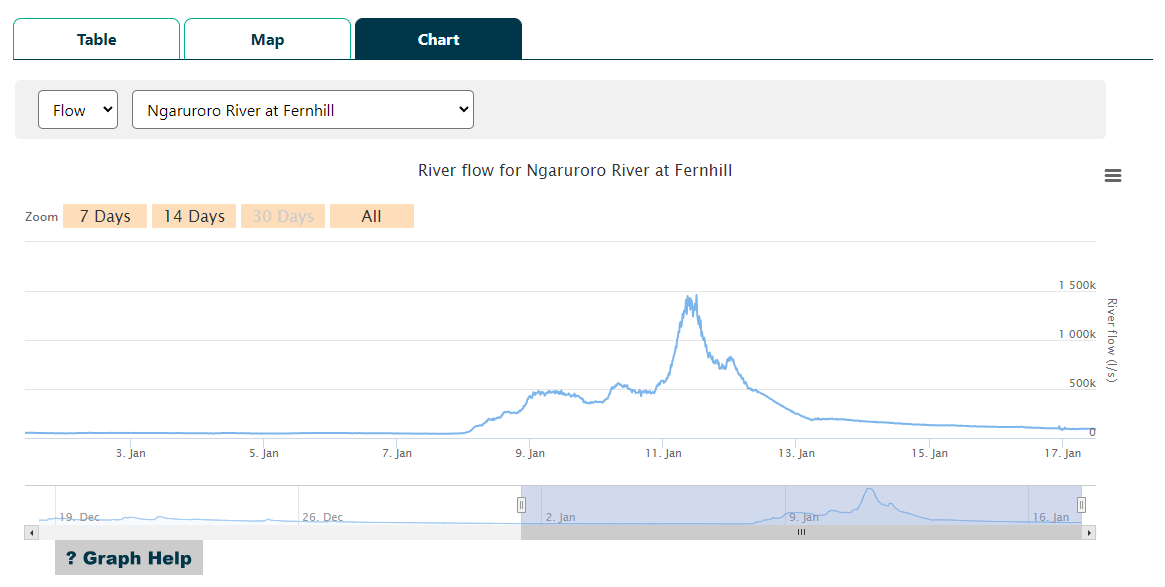 Live river flow data can be found here:
Live river flow data can be found here:
https://www.hbrc.govt.nz/environment/river-levels/
Although it would seem like these flows would be deadly to trout, every year we see fish fighting against the odds to make it out the other side.
Trout follow the slack water and park up underneath the willows where the water is less of a torrent.
New Year Angler Photos
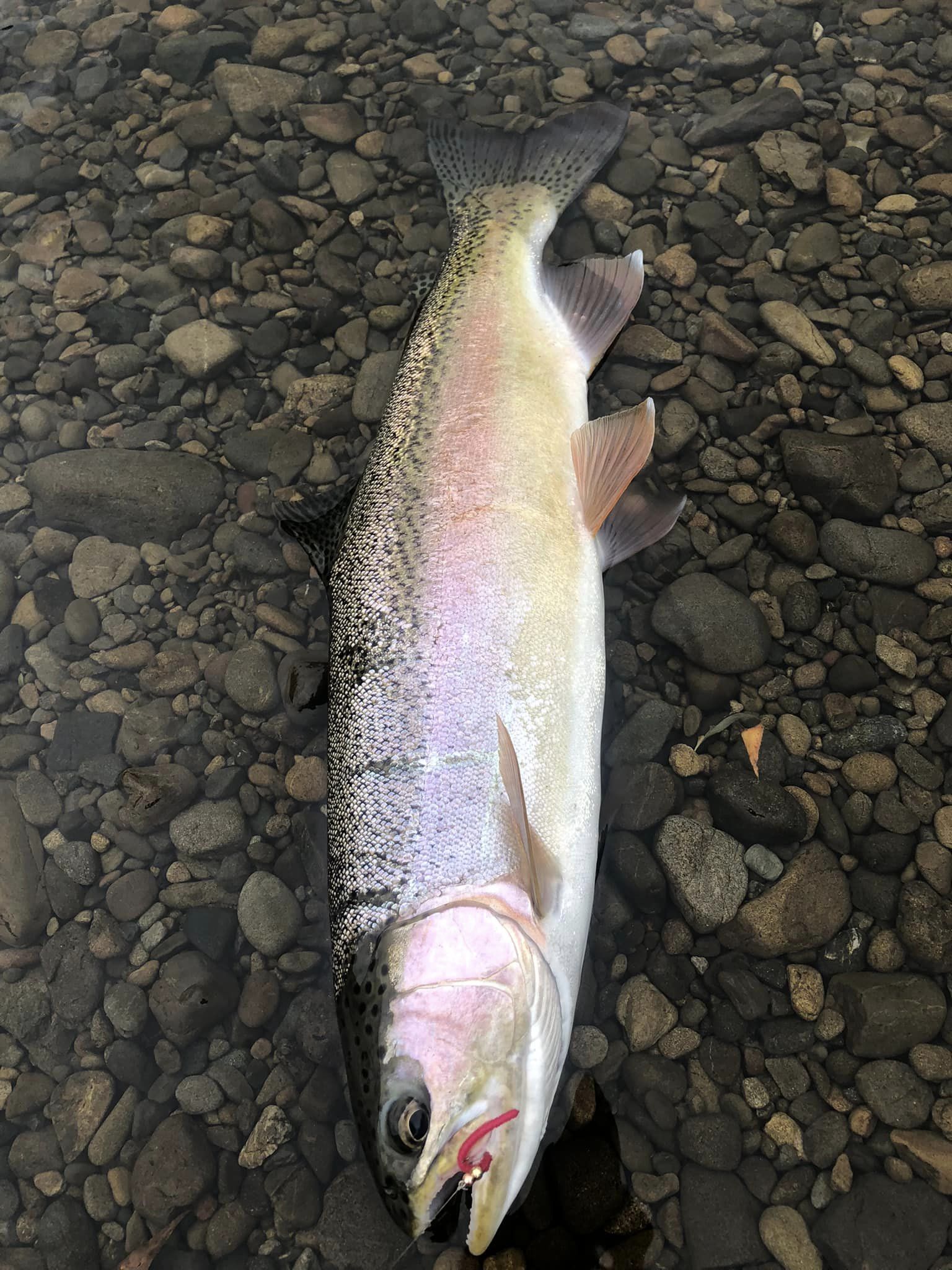
A squirmy worm caught this beauty.
Around the new year, anglers were able to fish some of the receding rivers before the cyclone hit.
The nymph pick of the anglers at the moment are high-visibility squirmy worms.
These flies fish very well in receding rivers that are holding colour.
Heavy Czech nymphs have been another pick to get flies down into turbulent water, where fish are beginning to feed after the waters have dropped.
High visibility nymphs are essential when fishing discoloured water.
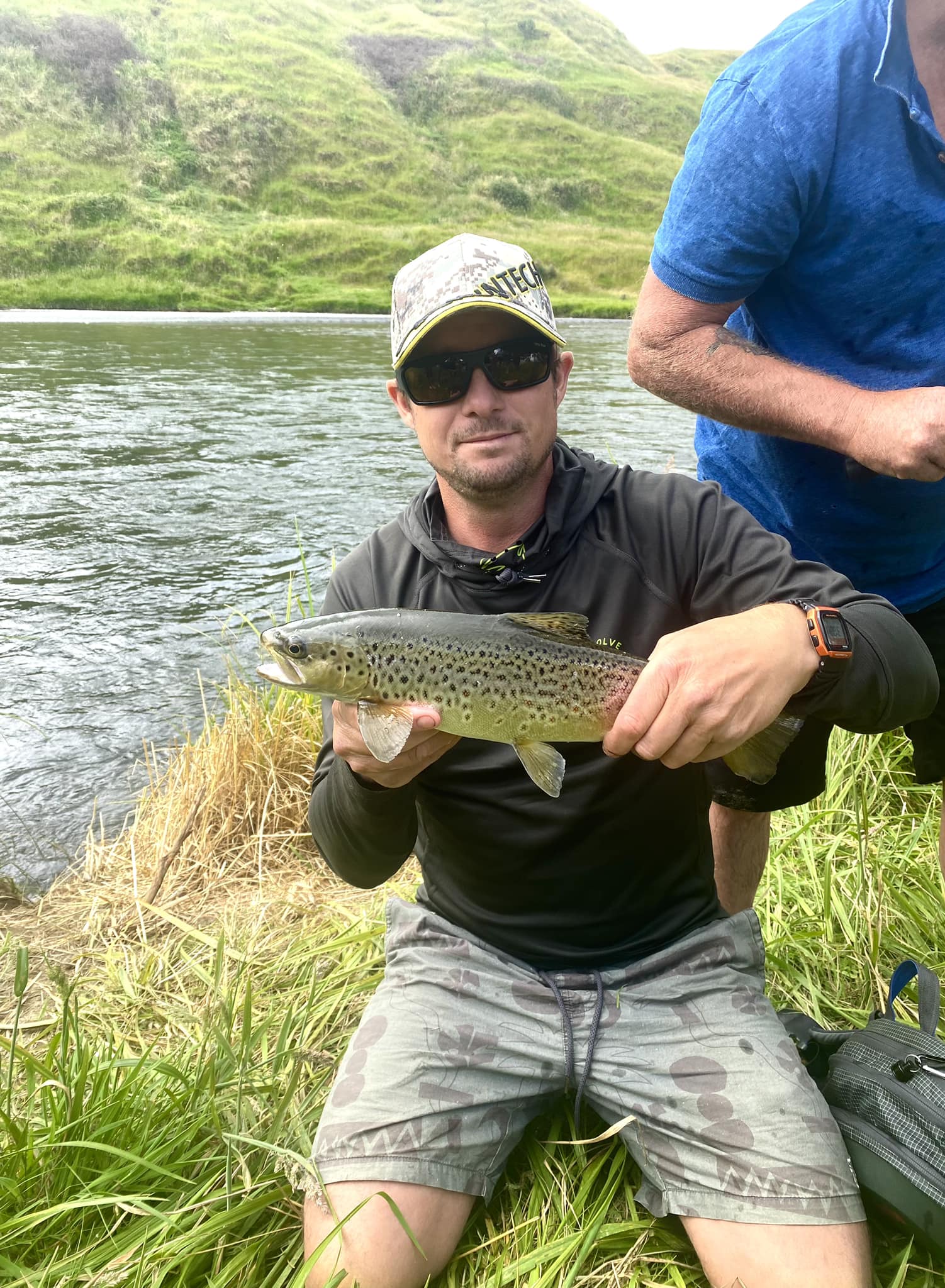
Sean Harkness with a handsome Mohaka Brown caught on a black & red tail Czech nymp
Tips for when rivers are discoloured
Since anglers have had such varying river levels to contend with, we have a few tips for how to get out there and still be successful when rivers are coloured up.
- Use large visible flies such as Black Woolly bugger, Hairy dog or Black marabou.
- For spin fishers use a metal lure with some pink or orange colours.
- In smaller rivers nymphing with Squirmy Worms is deadly in coloured up water
- Ideally try to fish when the rivers are receding and have cleared on the edges.
- Fish any structure that is creating a break in the current
- Use plenty of weight to get the lure down.
- Fish small tributaries as trout will move into them to avoid the dirty water.
- Head to a lake (Kuripapango Lakes or Lake Hawkston during summer)
Care for your catch
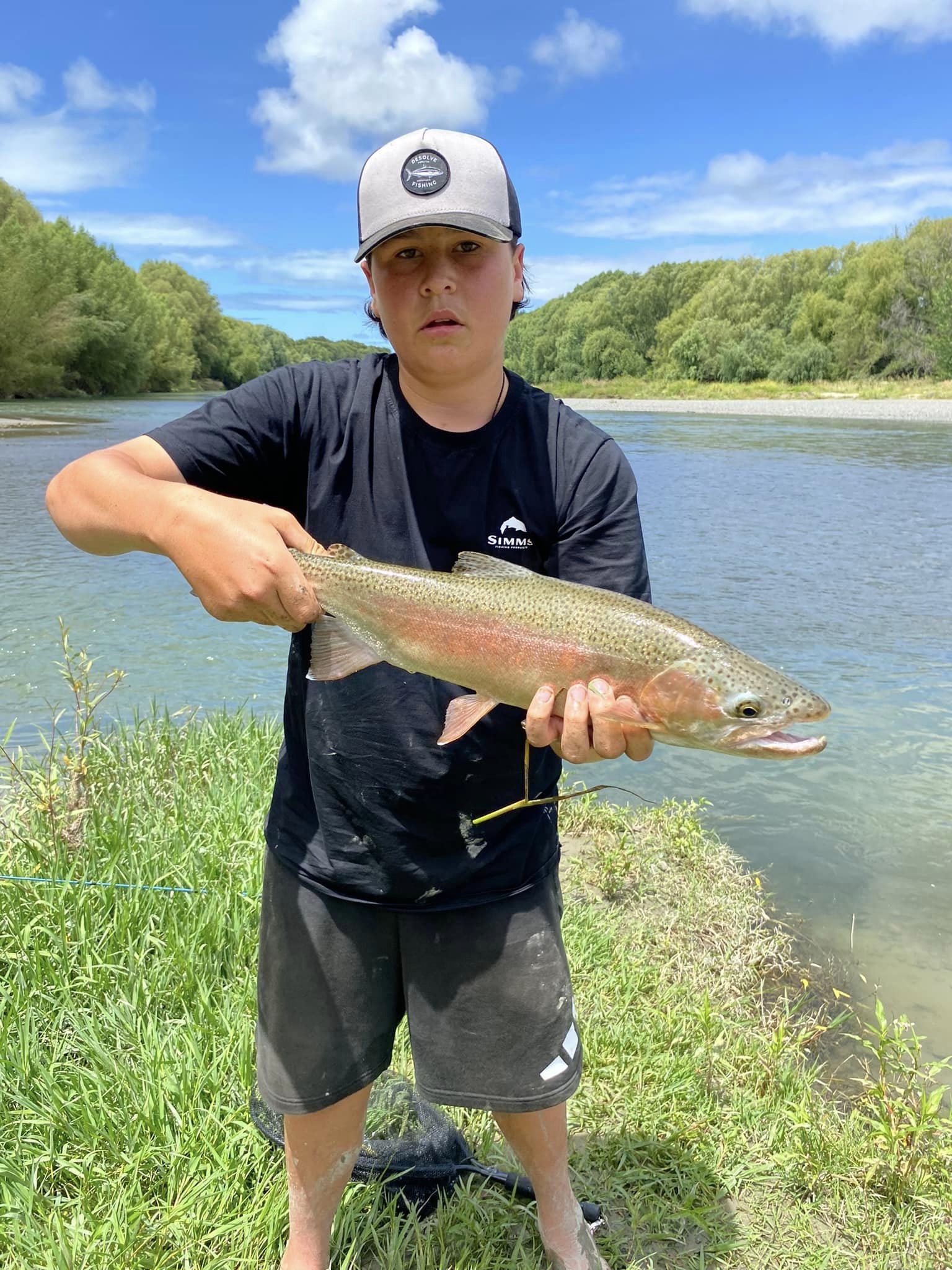
Jonty Smith caught this lovely Rainbow jack on the lower Tutaekuri river.
No matter where you fish or what you catch, these days, there seems to be a growing trend towards practising catch and release.
All anglers – from newbies to life-long fishers – need to be aware, though, that how they handle the fish is critical to its survival after being released.
This is especially true in summer, as warmer water temperatures and lower oxygen levels make recovery harder for released fish.
Here are our ‘Quick 5’ tips for handling fish with care:
- Cool your hands and landing net by wetting them before touching the fish.
- Keep the fish in the water while removing the hook.
- Do not squeeze the fish, and never touch the gills.
- Photograph the fish in or over the water and make it quick - the fish should not be out of the water for more than 5 seconds.
- Revive the fish facing into the current long enough for it to regain its swimming strength.
In the unfortunate instance that a fish you intended to release does end up bleeding from the gills or cannot maintain itself upright, so long as you can legally take that fish, we recommend you should keep it as part of your bag limit and utilise it.
Here’s a video that shows good catch and release techniques.
Tight lines for the next month of fishing,
Blair Whiting, Hawkes Bay Fish & Game